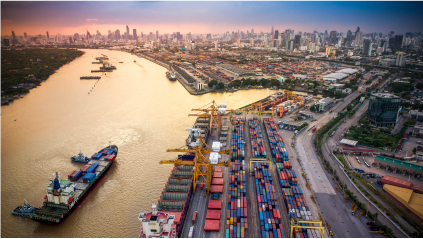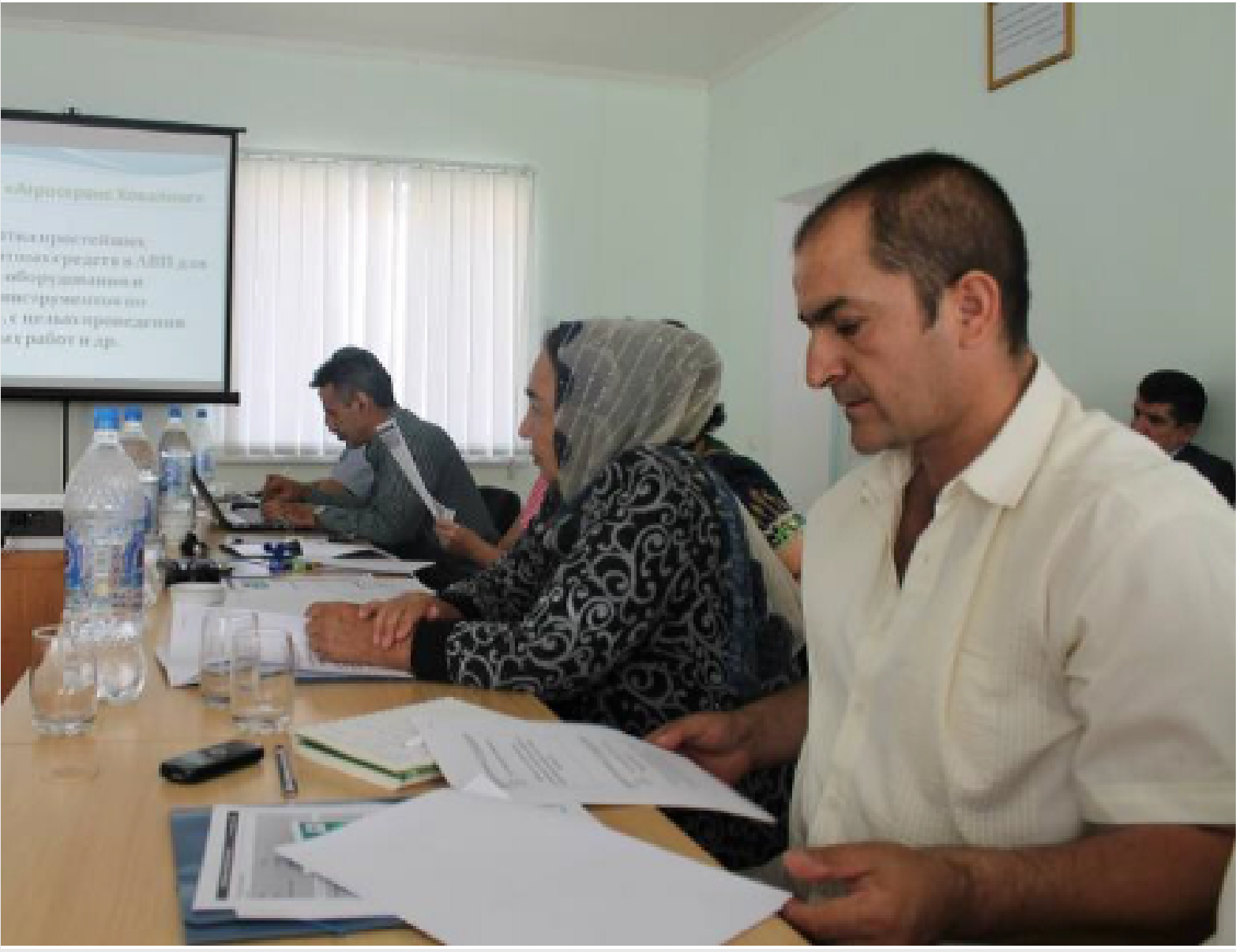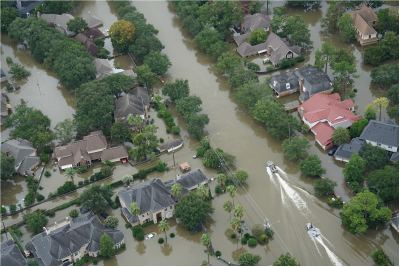
to Climate Change
In Tajikistan, our resilience capacity building resulted in a
25% REDUCTION
in losses from drought and floods.
BACKGROUND
RISING TEMPERATURES,
RISING CLIMATE
ANOMALIES
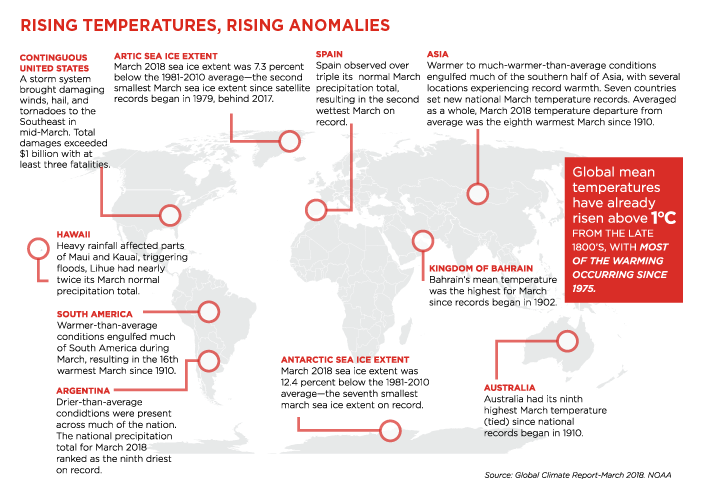
Global Commitments
to Stem the Worst
Scenarios

State of
Climate Finance

Sector-based
Solutions
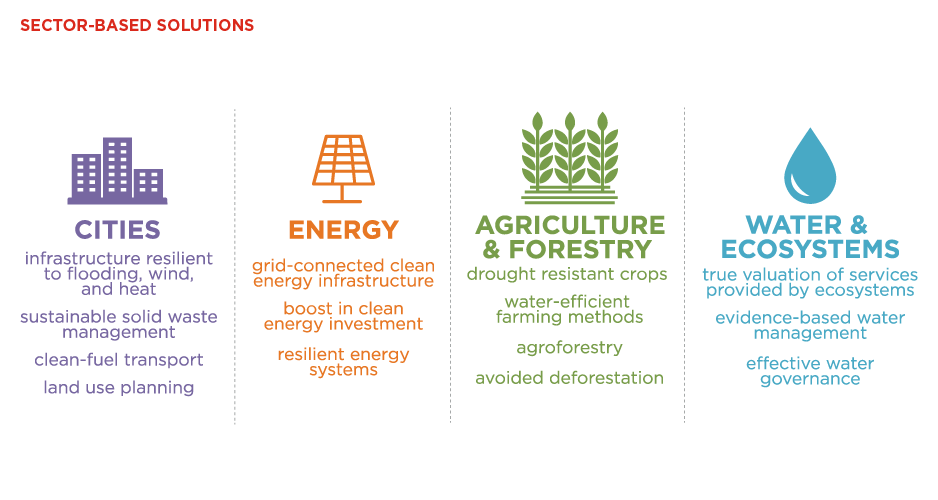
A Selection of our Climate Mitigation and Adaptation Activities around the World
Select a sector to learn more
Cities Today, more than half of the world's population lives in urban areas, with the number expected to reach 60% by 2030. Urban vulnerability to climate change is already extensive, with 70% of cities experiencing effects like extreme heat waves and flooding, making climate adaptation critical. Cities also hold the key to staving off the most catastrophic scenarios of climatic change, as they consume ⅔ of the world's energy and create over 70% of global CO2 emissions. Enhancing cities' resilience to climate change and facilitating the transition to sustainable communities is critical. We are working to identify adaptation strategies and measures to enhance resilience that will not only protect urban populations but also deliver economic benefits as well.
Energy Across developing countries many significant barriers exist to financing clean energy (CE), including investment, institutional, policy, and capacity development barriers, which depress or eliminate incentives for the commercial lending sector to commit to this rapidly evolving market opportunity. Commercial financial institutions need the ability to understand CE market opportunities and develop the credit systems and products to effectively lend to consumers, Small and Medium Enterprises (SMEs), Energy Service Companies (ESCOs), and other clean energy providers. Our clean energy finance experts are working to develop and promote policies, programs and projects that will foster increased private investment in clean energy resources.
Agriculture and Forestry Climate change is having a material impact on agriculture throughout the world through drought, flooding and storm damage, changing ranges for destructive pests and diseases. In the industrialized countries, these impacts are having significant economic consequences. In developing countries, these impacts can have life or death consequences for vulnerable populations. Our work in the agriculture sector in emerging markets around the world has included the development of strategies to accelerate innovation and resilience through the introduction of new plant varieties, more water-efficient irrigation techniques, and expansion of markets and development of value-added processing to increase the resilience of agricultural output in the case of weather-related shocks.
Water and Ecosystems There are myriad of ecosystem impacts associated with increasing temperatures, changing precipitation patterns and increased ocean acidification, affecting human populations and commercial activities that depend on these ecosystems. Changing patterns of precipitation will alter the volume and geographic distribution of freshwater resources around the world, affecting water utility managers, agricultural production, and population centers, while increased intensity of storms will result in coastal flooding and salt-water intrusion affecting coastal population centers. Our environmental scientists have been studying and analyzing the diverse impacts of human activities and climate change on a range of ecosystems, and have developed strategies and plans to protect and restore them in diverse geographies around the world. Our work in the area of water resources involves analysis and policy support to help water utilities manage these changes.
ABT'S IMPACT
CITIES
ENERGY
AGRICULTURE & FORESTRY
WATER &
ECOSYSTEMS
